8th March 2019
Today we are celebrating the women we have the privilege of working with here at PTES this International Women’s Day. This year’s theme is #BalanceForBetter, noticing its absence and celebrating its presence. We are championing the work and progress of our female colleagues in conservation and looking at their achievements as an individual and as a community. So we invited women from both our UK and worldwide projects to answer some questions! If you are following along today, please get involved in our Q&A over on our social channels where you can ask them a question!
T
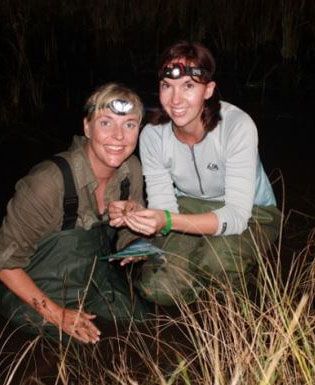
Jeanne Tarrant
Manager of Threatened Amphibian Programme
Averting extinction of the Albany adder in South Africa
What has been your biggest challenge?
Starting a new programme with a focus on frog conservation from scratch was challenging, but also very rewarding. It has been difficult to raise the funds to keep the programme sustainable, but has also been wonderful to see how public attitudes and donor support has increased in recognition of these animals that may not always been very popular.
What has been your biggest achievement in the field in the past year?
Many of the threatened species we work on are flagships for important habitats, yet often none, or very little of this habitat is formally protected. To be involved in the process of protecting habitat for the long-term, in particular 1200 hectares for the Amathole Toad in South Africa, the first Protected Area for this Critically Endangered species, has been very rewarding.
What would you say to aspiring women who want a future in conservation?
Being a woman should be seen as an advantage in the field of conservation. Our natural empathy is a very beneficial characteristic in also caring for the planet. Be passionate and follow your dreams – there is plenty of opportunity to work in conservation.
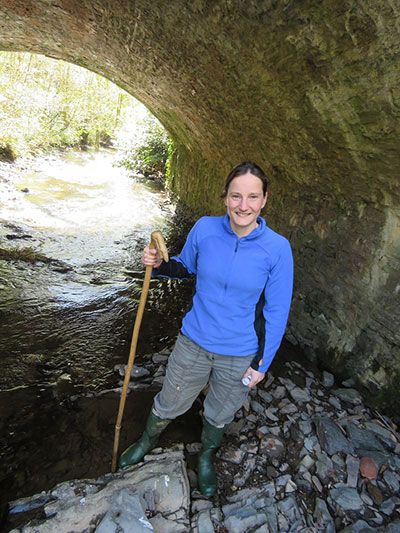
Dr Eleanor Kean
Research Associate, Cardiff University
Understanding population size and structure of elusive mammals
What has been your biggest challenge?
My biggest challenge has been balancing the needs of my children and pursuing a career simultaneously. There is still a narrow definition of success or the path to it, but it is not the only way.
What has been your biggest achievement in the field in the past year?
I was on maternity leave for most of the past year, so I guess my biggest achievement was not conservation related! However, while I was on maternity leave I published a research paper with colleagues describing “odour dialects” in wild mammals (the vast majority of work was completed before I was on maternity leave). Scent marks give off volatile compounds which is a way that animals signal to each other. I found differences in these scent-mark odours that related to which genetic subpopulation the individual came from. For conservation this could mean that fragmented populations struggle to communicate, maybe impacting reproduction, even once the cause of fragmentation is removed. https://www.nature.com/articles/s41598-017-12706-8
What would you say to aspiring women who want a future in conservation?
Don’t be put off by middle aged men at conferences or workshops, you have as much to contribute. Find yourself some allies, ask a more senior female to be your mentor. I got my first paid job in conservation as a direct result of volunteering I had done so take advantage of opportunities to volunteer.

Robyn Stewart
Project Officer
Protecting Glasgow’s grassland water voles
What has been your biggest challenge?
My biggest challenge has to be co-authoring the Interim Guidelines for the Conservation Management of Grassland Water Voles for Developers and Land Managers. This document represents over five years of field research, ranging from mapping distribution to analyzing home range size using telemetry, and shows how essential scientific research is in forming the basis of effective evidence-based conservation guidelines. It also represents the importance of partnership working with local authorities, Scottish Natural Heritage, developers and land managers.
What has been your biggest achievement in the field in the past year?
Successfully radio-tracking water voles in an urban environment to investigate home range size.
What would you say to aspiring women who want a future in conservation?
You are part of a community! Never be afraid to get in touch with other conservation scientists to ask for advice, support or to discuss opportunities.
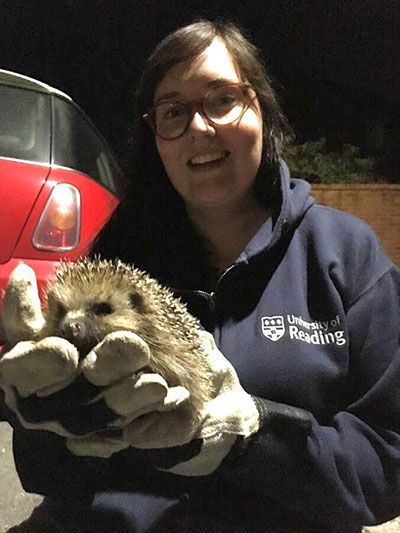
Abi Gazzard
PhD student, University of Reading
Developing evidence-based conservation strategies for urban hedgehogs in the UK
What has been your biggest challenge?
Juggling my time between research and work. As I am undertaking my PhD on a part-time basis, I also have a job as an ecologist. Many aspects of this work very well – for instance, the two roles complement each other in terms of their wildlife focus and hours (my job and research are both largely nocturnal over the field season). However, hedgehogs do not exist in the same ‘part-time’ world as I do, so I have to be very flexible with my time in case of any urgent hedgehog- or volunteer-related issues.
What has been your biggest achievement in the field in the past year?
Last year I set up a winter survey across Reading with 60 volunteers. The volunteers looked after footprint tunnels in their gardens for four months and reported their results each week. It turned into a bit of a ‘project management’ task trying to keep everyone engaged and ensure they had the right tools, but I learned a lot about citizen science and, thanks to the wonderful volunteers, I have lots of interesting urban hedgehog ‘winter activity’ data to look at.
What would you say to aspiring women who want a future in conservation?
Keep an open mind and don’t be disheartened if you don’t find the perfect opportunity straight away. It’s also important to understand that nearly everyone experiences “Impostor Syndrome” at some point – it’s totally normal so just remember to recognise your achievements!
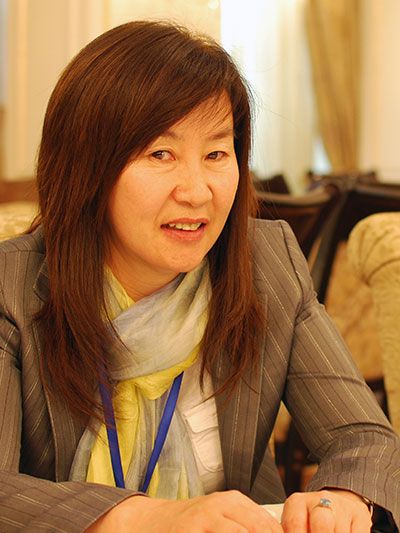
Bayara Agvaantseren
Executive Director
Snow Leopard Conservation Foundation
Saving snow leopards in Mongolia
What has been your biggest challenge?
To make co- managed protected area is as a challenge in Mongolia and there is not much experience with that. Generally protected areas are underfunded in Mongolia which leads to insufficient protection of habitat and species. Examples would be lower payment of staff, lack of professional management development, lack of funding to accomplish many of tasks needed for management, i.e ranger patrolling, signage, trail maintenance, community outreach and education. Another big challenge is a low awareness of the importance of the Protected Areas for wildlife protection and habitat and the role Protected Areas play in stabilising climate.
What has been your biggest achievement in the field in the past year?
My focus last year was setting up management mechanism and having local government to fund the management of Tost Nature Reserve. In the practice, the Nature Reserve category of National Park becomes paper park because it is not funded by federal government which falls legally under responsibility of local government. The biggest achievement was having local government to commit to fund Park administration office starting 2019, which is great commitment from the local government.
What would you say to aspiring women who want a future in conservation?
Keep creating allies and partnership in conservation and use scientific knowledge to support your work.
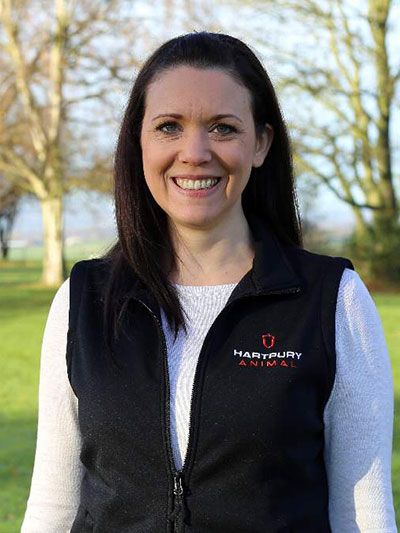
Lucy Bearman-Brown
Senior Lecturer, Programme Manager Animal Science/Zoology and FdSc Animal Behaviour & Welfare
Researching the impact of humans on the European hedgehog
What has been your biggest challenge?
Juggling everything! Completing a PhD alongside my teaching role can be really tricky. I love every aspect of my job, including working with students and industry, teaching, and research, but sometimes it can be difficult to keep so many things going well, especially when there is field work to be done too.
What has been your biggest achievement in the field in the past year?
Getting the go-ahead to do the detection dog work with Henry, funded by the PTES. This was my first solo research bid, so I was really proud that it received such support. It’s such an exciting project to be working on, and hopefully will lead to something that can have a positive impact on hedgehog conservation. We start fieldwork for this in April, so it will be a busy year ahead.
What would you say to aspiring women who want a future in conservation?
Talk to as many people as you can. Conservation is all about working with people to solve problems, and isn’t something that can be achieved alone, so getting out and building links with organisations, researchers and practitioners is crucial. There are so many people desperate to work in conservation, which is amazing, so by working together we can have a really positive impact.
Thank you for supporting PTES and helping us to fund these projects and incredible women. Read more about our projects here:
